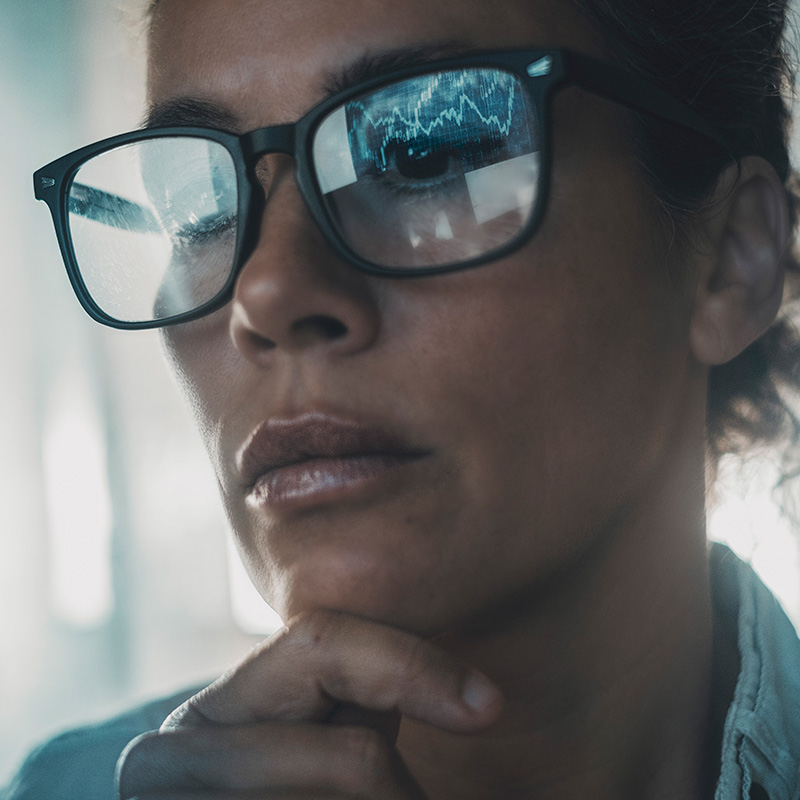Low vision affects thousands of people living in the U.S. each year. The number of new cases of low vision and blindness each year is estimated to more than double in the next 30 years, according to a recent study in JAMA Ophthalmology.
Kimberly Rosati, OD, is an optometrist and New York State Certified Low Vision specialist at Reed Eye with Rochester Regional Health. She explains how low vision affects patients and who can provide the best methods of treatment.
What is low vision?
Low vision is a condition in which a person’s vision is not correctable to 20/20 with eyeglasses or contact lenses. This impairs simple everyday functions, such as reading or driving.
Several health conditions can cause low vision, including:
- Macular degeneration
- Glaucoma
- Diabetes
- Cataracts
For those who are suffering from impaired vision, asking an eye doctor about a local low vision specialist who can assist you can be immensely helpful.
Diagnosis and treatment
There are many indicators of low vision that someone might notice.
People who have low vision may notice they have difficulty reading. If they are reading a newspaper or magazine, a person may see holes in words or skip lines of text when they are looking over a page. A person might also have difficulty identifying someone across a room, seeing detail, or watching television.
Other symptoms of low vision might include having trouble telling colors apart or recognizing people’s faces, according to the National Eye Institute.
After recognizing any significant visual impairment, an appointment should be made to visit a low vision specialist. These specialists can assess the degree of vision loss and, based on their findings, offer a number of devices and methods of treatment that can help people with low vision see better.
Magnifiers can aid a person with reading, enabling them to see text in a way that allows them to read comprehensively. Some magnifiers prescribed by optometrists have lights on them, which improves that contrast between the text and page.
For distance tasks, low vision specialists can use handheld telescopes in order to help with everyday life. If someone wants to look at an aisle sign in a grocery store or look at a doorway across a room, these small telescopes are convenient for finding anything that is further away.
“It is important that these devices are prescribed by an eye doctor because they will test out the different powers of a device based on each patient’s individual vision and function in order to provide them with the best possible care,” Dr. Rosati said. “Many times, people will simply look for something online to help them. But if a patient sits down with a low vision specialist and works with them to find the right powers and use the devices properly, their experience is much better.”








